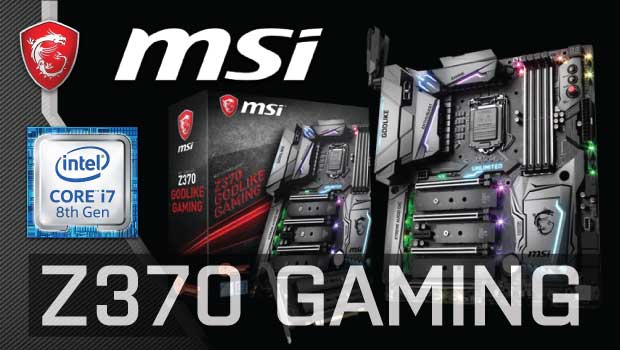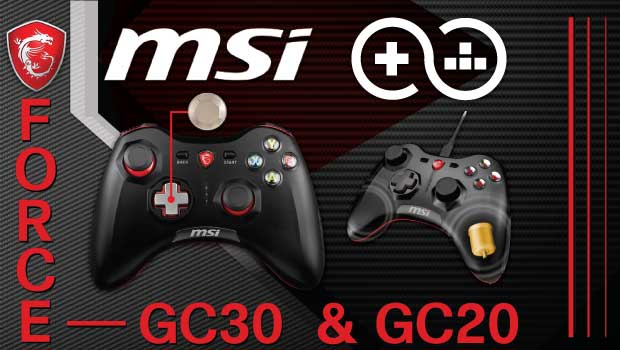![]()
Much like the Blast Plug BP81s, the Silicon Power Blast Plug BP82’s shipping container consists of a combination of thick clear plastic and cardboard. This combination works and works well as it is not only attractive and informative but also allows you to see precisely what you are purchasing before you open up the shipping container.
![]()
Housed inside this exterior box is combination cardboard and plastic molded inner liner which safely secures the three parts of the Blast Plug BP82 series: the carrying case, the left, and right earbuds, and the accessories. As with the Blast Plug BP81 the included accessories come in a small cardboard box that keeps them from damaging the essential components from… extreme abuse while in transit.
![]()
Also like the BP81s, the Blast Plug BP82 accessory list is short but does cover all the essentials. In total you will find a nice instruction pamphlet which goes over all the features (and how to use them) of the Blast Plug BP82 earbuds, two additional silicon sleeves for the earbuds (S,M,L – with medium already preinstalled), and a short micro-USB to Type-A charging cable (for charging the carrying case). Sadly, the included silicon sleeves are short and are a single flange design. This is the largest weak link of the Blast Plug BP82 earbuds… as the design of the BP82 does vary significantly from the BP81. Namely, the stem of the earbud which fits inside your ear is also short. Very short. Double or even triple flange tips would have helped alleviate the major issue we do have with them: namely, getting a good tight seal which is essential to audio quality.
![]()
As it stands the single flange tips can get the job done… but it does take a bit more fiddling with the earbuds than their smaller brethren. This in conjunction with the other main feature does make this seemingly simple task a bit of a chore. This ‘other feature’ is, of course, the touch interface each earbud is equipped with instead of two physical buttons. When trying to get a good tight seal you will more often than not find them sending errant commands to whatever Bluetooth device you have previously paired the to. The trick is to not push the earbuds into position but to grip the sides and with a twisting motion reposition them until you get a tight seal. There is a bit of a learning curve to this but once you get the hang of it the touch interface works and works well. With a mere brush of your finger, you can send commands and do not have to worry about pressing the correct button… as there is only one instead of two like the BP81s.
![]()
The downside to having only a single ‘button’ is that while you can skip tracks, pause, etc. quickly you will not be able to adjust the volume via the earbuds (like you can with the Blast Plug BP81). Instead you will have to use the device they are connected to. This certainly takes away a bit of the ‘hands free’ freedom the BP81 earbuds offer, but the touch interface is arguably easier and quicker to use.
![]()
Of course, going hand in hand with this reduction in features is the fact that a touch interface is rather… difficult to make waterproof. It can be done, but you are unlikely to find them in the sub-100 dollar category, and will be rarer than a unicorn that defecates gold bricks in the sub $40 price range. This is why the Blast Plug BP82s are not IP certified for water or dust intrusion. In all likelihood they will easily shrug off rain, but we lay odds on the touch interface shorting out long before the earbuds themselves do. As such the Blast Plug BP82’s really is not meant for harsh environments like the BP81s and while taking them to gym probably will not kill them, they would not be our first choice.
Also going hand in hand with the change from physical buttons to a touch interface is the chassis dimensions had to be increased. Some of this increase is due to requiring a larger battery and some is to make the touch interface zone large enough to be useable. To be precise the BP82s are 24x24x19.5mm vs the 81’s 16mmx23.5mmx25.1mm. As the chassis and battery is slightly larger the weight of each earbud is also greater. Instead of a waifish 7.9 grams the BP82s weigh a moderate 9.2 grams. This combination of increased size and weight does make them more noticeable to wear for extended periods of time, but anyone who has used Westone or Ultimate Ear IEMs will find neither their weight nor their size to be all that ‘burdensome’. They simply are slightly larger and heavier than the BP81s.
In either case the battery life of the BP82s is about the same as the BP81 – 3 to 4 hours. Unlike the BP81 earbuds how much you use their integrated interface will have a noticeable impact on battery life – as the touch interface with its LED glow ring does use more power than a passive physical switch. The difference is not all that great and we honestly consider them a tie on battery life. That is to say decent, but not great. As such the choice really be whether you prioritize weight and durability vs ease of use… not run time.
![]()
On the ease of use side of the equation, the included carrying case has been much, much improved over the BP81s. Here things go in the other direction, the Blast Plugs BP82s direction. While the tube of the BP81 series is decently compact and not all that difficult to carry the smaller BP82s case is extremely easy to carry. However, capacity has been slightly decreased (400mAh vs 580mAh or about four charges vs five charges) but so too has case charging time (1.5hrs vs 2hrs) and overall weight (37.3grams vs 52.7grams). Silicon Power was able to… miniaturize the carrying case without sacrificing much by removing the slide-out mechanism and replacing it with an easier to use hinge mechanism. This, in turn, allowed the charger PCB and battery to sit in the bottom half underneath the earbuds.
![]()
As you can see both earbuds still have ‘keyed’ slots that included magnets and once the L/R earbud is near they ‘snap’ into position and start charging. There are three small LEDs that blink on the case. The left and right most LEDs glow green when the BP82 earbuds are fully charged (and red during charging) and the center one blinks green and then red as the carrying cases battery becomes fully discharged. During charging of the case the opposite (obviously) occurs.
![]()
Overall, it is obvious that Silicon Power did take what they learned from the Blat Plug BP81 series and folded that experience into the BP82. Whether or not you agree with all the changes will come down to a case by case basis. For some the lack of robustness and lack of usability in the interface will be a negative. For others, the much-improved carrying case (and as we will go over on the next page) with improved sound abilities will make the BP82 a more optimal choice. Both are reasonable choices with no clear winner.










